Equine Cloning
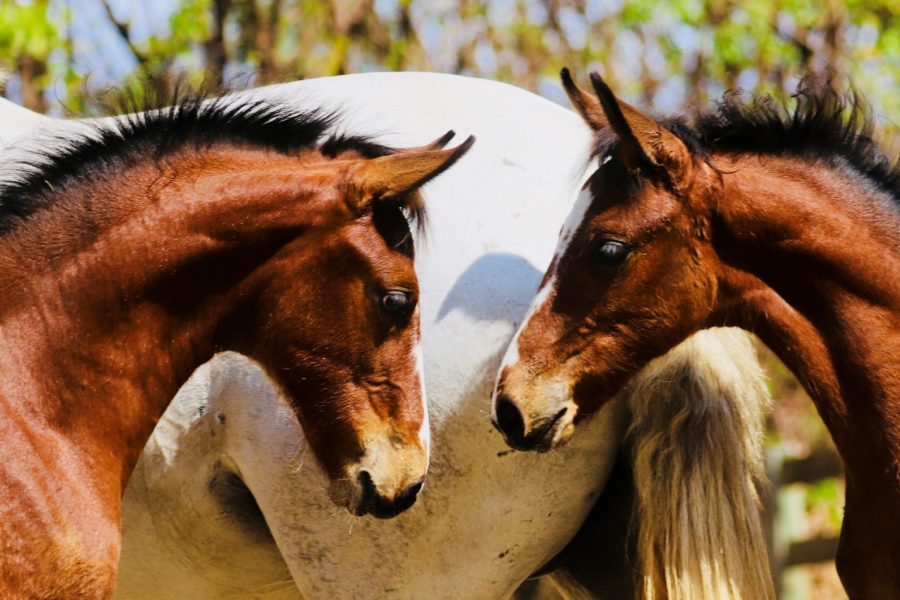
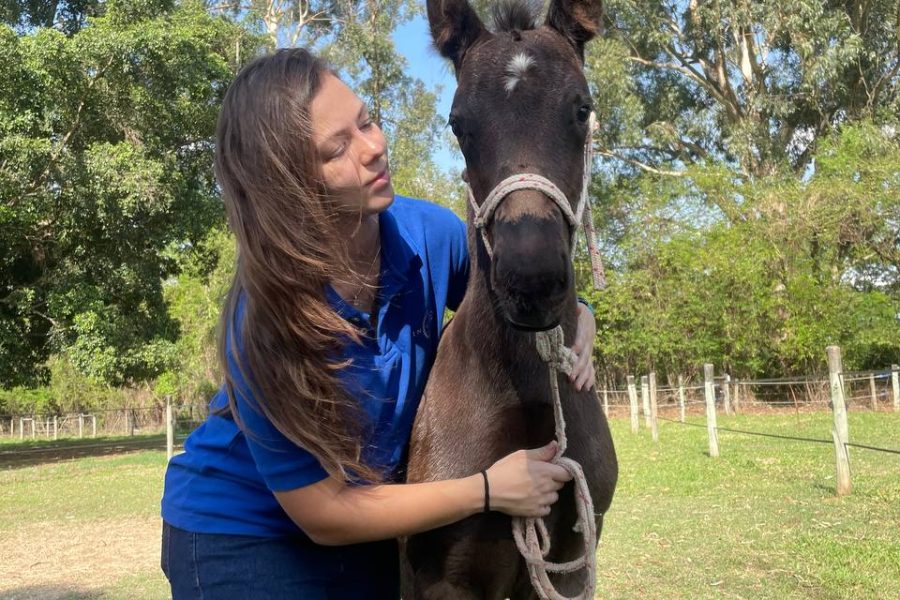
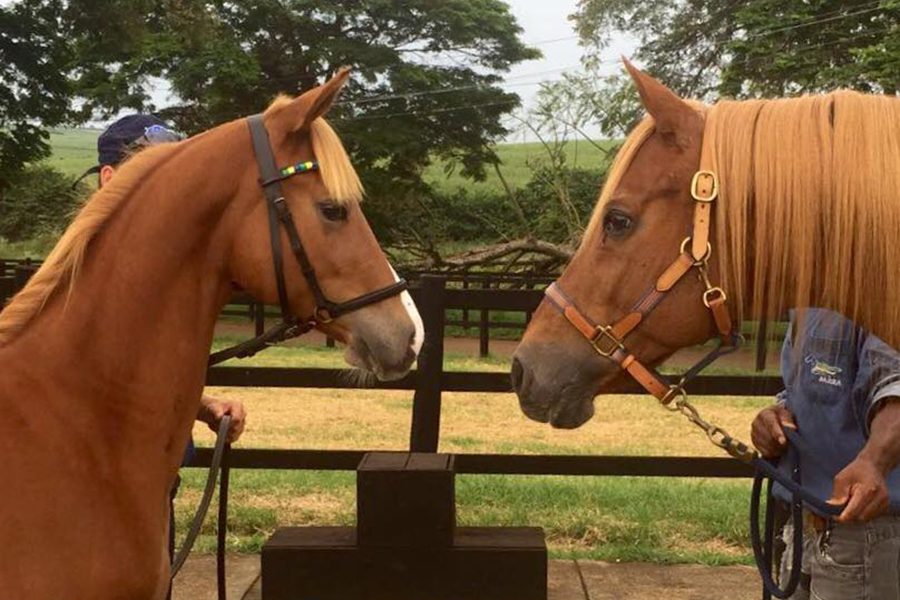
What is it?
Cloning is the production of genetically identical organisms by non-sexual methods.
In order to carry out the cloning, a small skin biopsy must be collected and sent to the laboratory, where this material will be prepared and cultivated to obtain a cell line. These cells collected via biopsy will be used as a genetic source for the embryos produced by the nuclear transfer technique – cloning.
These embryos are transferred to recipient mares, and after approximately 11 months, the long-awaited clone birth occurs.
Indications
- Contributes to genetic improvement, becoming a high-impact tool, as it prolongs, perpetuates, and expands the genetics of animals with great genetic merit and, therefore, great relevance in the construction of a breed.
- It has application in cases of animals that are unable to reproduce in a conventional way, such as castrated animals or old mares for example, or animals that died prematurely.
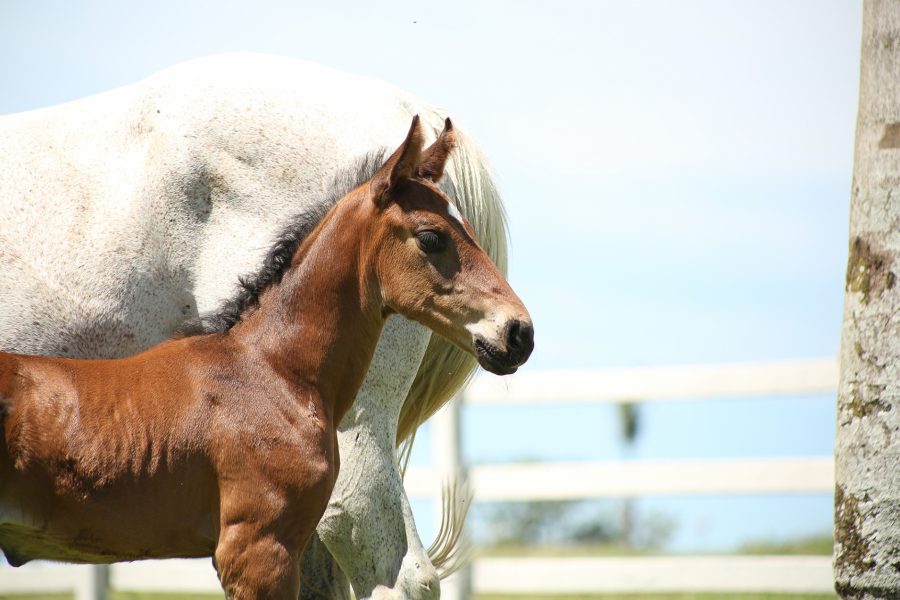
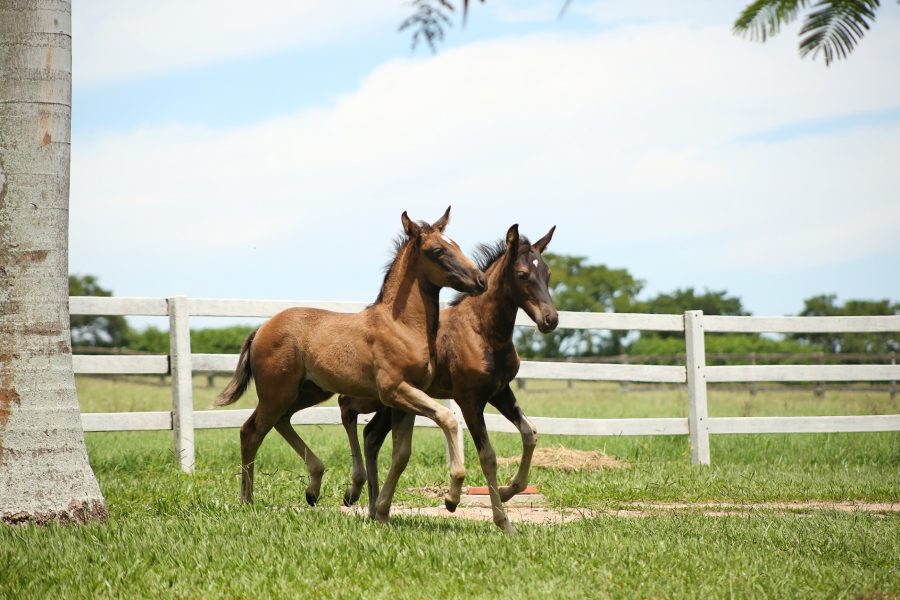
FAQ
Genetically yes, your DNA is identical. Phenotypically, they may have some different morphological characteristics, such as spot size.
Yes, if they are genetically inherited traits/abilities.
No, the clone has the same lifespan as any other healthy animal.
Each race association that registers the clone has a regulation, which clarifies the use of the clone both in sport and in reproduction.
It was the stallion Turbante JO, of the Mangalarga breed. His clone was born in 2012.
